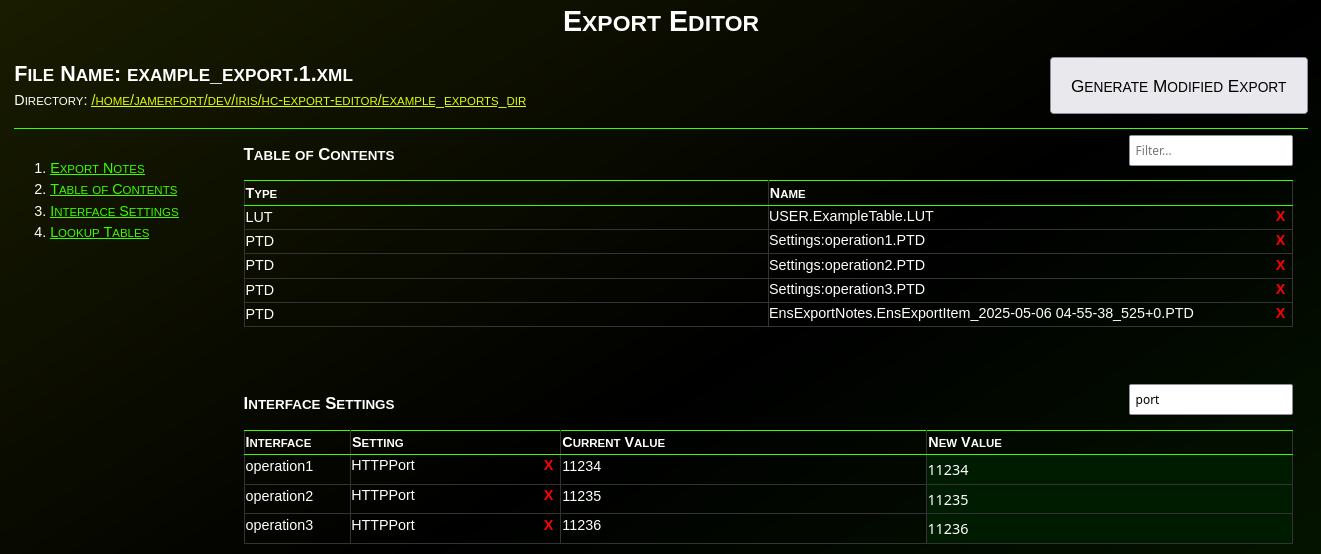Profiling CCD Documents with LEAD North’s CCD Data Profiler
Ever opened a CCD and been greeted by a wall of tangled XML? You’re not alone. Despite being a core format for clinical data exchange, CCD's are notoriously dense, verbose, and unfriendly to the human eye. For developers and analysts trying to validate their structure or extract meaningful insights, navigating these documents can feel more like archaeology than engineering.




.png)